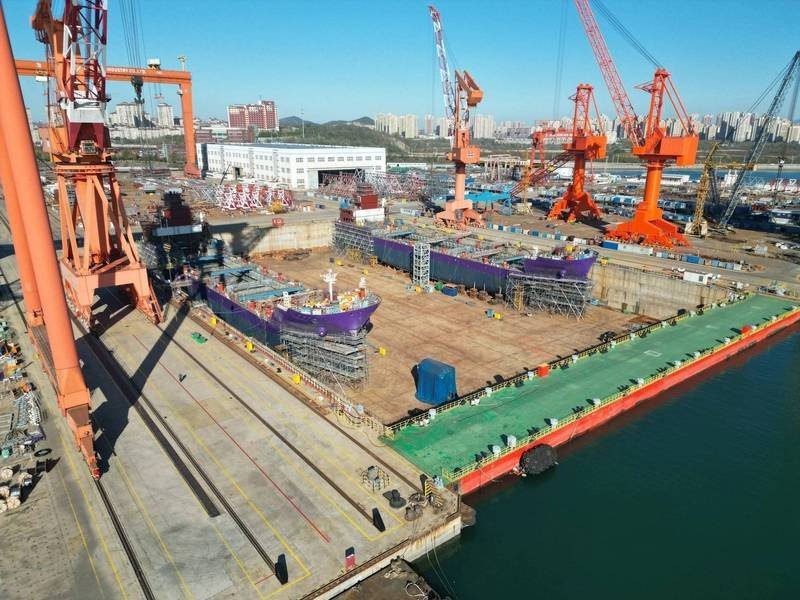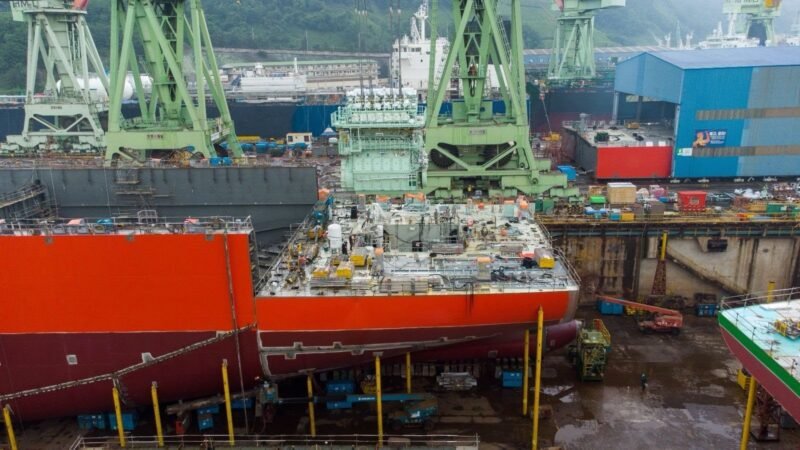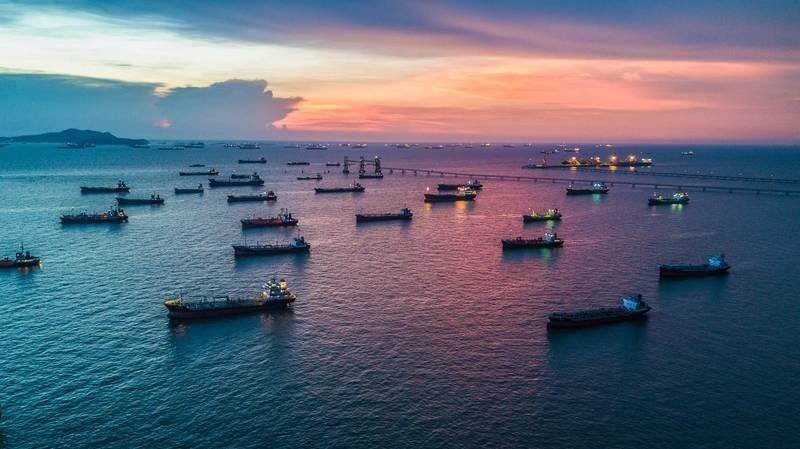A joint study by the Global Centre for Maritime Decarbonisation (GCMD) and Boston Consulting Group (BCG) projects that annual CO2 shipping volumes in the Asia-Pacific region could reach 100 million tons per annum (MtPA) by 2050. The study highlights the crucial role of shipping in facilitating cross-border Carbon Capture, Utilization, and Storage (CCUS) initiatives, especially in regions like Asia Pacific where there is a significant geographical gap between CO2 sources and sequestration hubs. Governments in the APAC region, including Australia, Indonesia, Japan, Malaysia, Singapore, and South Korea, are actively pursuing partnerships and initiatives to support cross-border CO2 transportation and sequestration.
To transport the projected 100 MtPA of CO2 by 2050, between 85 to 150 liquefied CO2 carriers with a capacity of 50,000 tons each would be required, with estimated investments reaching up to $25 billion. The study emphasizes the need for concerted efforts from both the public and private sectors to create a market of this scale, including economic incentives, long-term contracts for midstream players, and clear standards. Engaging industry stakeholders in group workshops and interviews, the study found that shipping becomes economically advantageous compared to pipeline transport for distances exceeding 500km, with specific routes in the APAC region identified as suitable for CO2 shipping.
The study also highlights the substantial investment required to scale up cross-border CCUS, including shipbuilding, port, and terminal infrastructure development. However, there is a significant gap between the levelized costs of cross-border CCUS with shipping and domestic carbon pricing in the APAC region, which could hinder its development. The establishment of regulations governing carbon accounting, verification methodologies, and permitting procedures for cross-border CCUS projects is essential, along with bilateral and multilateral frameworks to clarify jurisdictional authority and allocate liabilities for CO2 leaks during transport. Stakeholders must also align on technical specifications for CO2 purity, pressure, and temperature to enable seamless operations and infrastructure interoperability.








